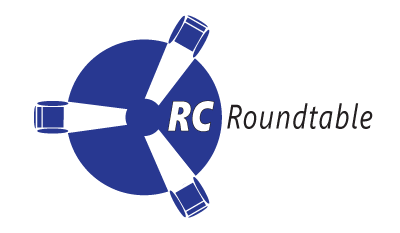

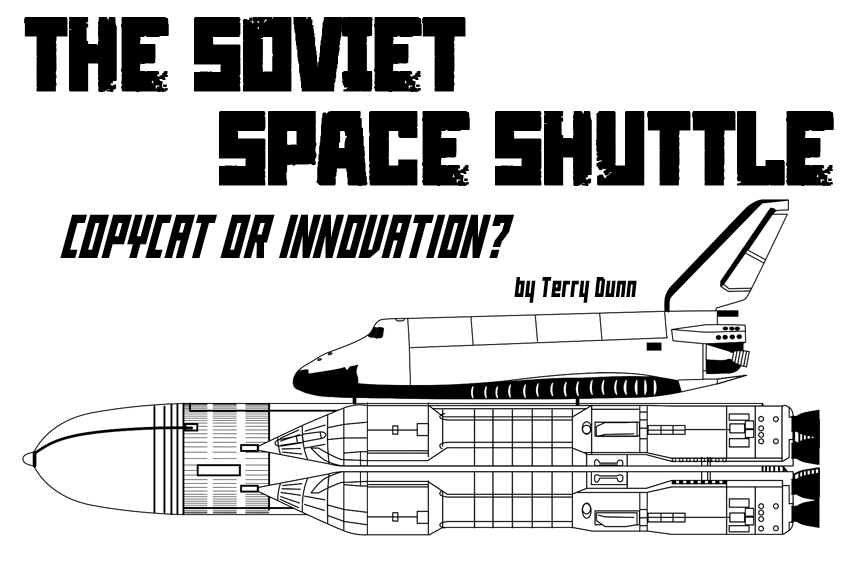
This article was originally published at Tested.com. It is republished here with permission.
Prologue - The Scope
There are countless magazine articles and websites that pit the American space shuttle against the little-known Soviet version, and declare a winner…usually the Soviets. This is NOT that kind of article. I understand that deep-seated national rivalries make it difficult to refrain from choosing sides in any kind of Soviet/American comparison. However a cage match between these two shuttles makes no sense in the first place, as I'll explain below.
The American shuttle was a very mature system with well over 100 flights to its credit. During the program's four decades of development and operation, the design continually evolved to include both enhancements and concessions. There is no question that the shuttle failed to achieve several goals set forth in its charter (namely low-cost). At the same time, it accomplished feats that were unimagined at the start of the program (like staying in service for more than 30 years…oh, and that whole International Space Station thingy).
The Soviet shuttle was a ship that showed tremendous promise, yet it was not even completed when it flew its single (unmanned) test mission in 1988. That the Soviet shuttle program never advanced beyond its first flight is a result of the USSR's political and economic turmoil of the time…not any shortcoming of their design. If the program had evolved into a long-term operation as planned, there is no doubt that it would have endured an evolutionary cycle much like the US shuttle. Only then would we know how the Soviet design lived up to its billing. And only then would a “shuttle versus shuttle” comparison of abilities and accomplishments be valid and fruitful. Alternately, my goal with this article is to illustrate some of the fundamental similarities and differences between these rival spaceships and attempt to understand why the Soviet shuttle appeared as it did.
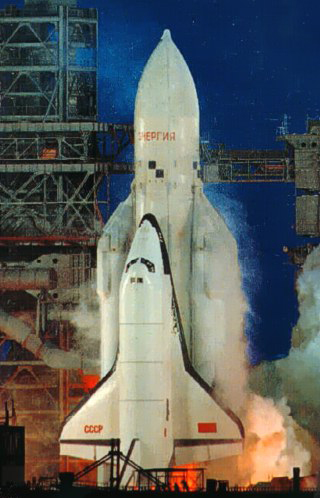
Buran - The Space Shuttle's Brother From Another Mother(land)
As the final design of the American space shuttle was shaping up during the mid-1970s, it presented a quantum leap forward in NASA's ability to place big, heavy payloads into orbit. Leaders in the Soviet Union took notice and thought that the shuttle's payload capability was much too large for just commercial and scientific satellites of the day. Why use a semi-truck when a VW bus will do? They assumed (correctly) that the US had military ambitions for the shuttle. In typical Cold War one-upmanship, the USSR developed a response to the threat that the space shuttle wielded. The vehicle that emerged represented the pinnacle of Soviet aerospace know-how…wrapped in a very familiar package.
The soviets named their shuttle “Buran” (Snowstorm). With a cursory glance, Buran appears to be a blatant knock-off of NASA's design. In fact, it takes rather meticulous study before one begins to pick up on the visual differences. Once you peel back the first layer, it becomes apparent that these are indeed two very different spacecraft - but you do have to peel that layer. At a time when the image of technical superiority was everything, why would the Soviets choose invest so much manpower and treasure in a project, only to appear on par with their Cold War enemy? I have a theory, but you'll have to wait for it.
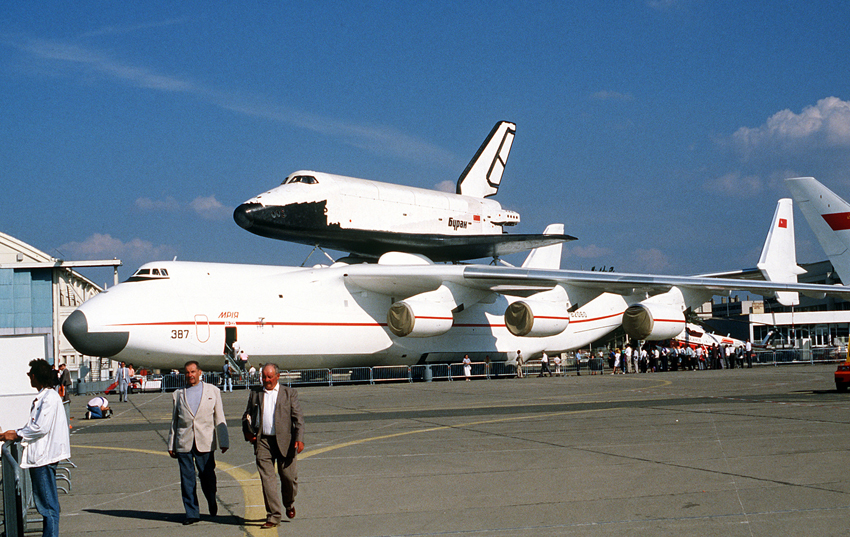
Power Struggle
The list of differences between the US shuttle and Buran is a long one. From the array of onboard computer systems to the braking parachutes, it is really difficult to find much commonality among their interior components. For the purposes of my argument, I think that an overview of their various propulsion systems provides an adequate example of these differences.
When talking about NASA's space shuttle, we're really talking about a system of components that make up the shuttle “stack”: the orbiter itself, two Solid Rocket Boosters (SRB), and the External Tank (ET). These four components were inextricably bound as part of the launch package…none were of any use without the others. The three Space Shuttle Main Engines (SSME) jutting from the rear of the orbiter sucked liquid hydrogen and liquid oxygen from the ET to provide thrust from just before liftoff until reaching orbit about 8.5 minutes later. The SRBs provided an extra shove to get the shuttle off of the launch pad and they burned for about two minutes.
One of the main selling points of the American shuttle was that the SSMEs and SRBs were recovered and refurbished for later use. This was a first for a spacecraft from any nation. All previous launch engines were one-shot deals. The only part of the shuttle stack that was expendable was the ET. It was thought that this arrangement of reusable and disposable components would make the economics of spaceflight a bit more palatable. In hindsight, I think the results are debatable.
A discussion about Buran refers only to the winged orbiting vehicle. Buran had no built-in rockets that were used for launch. All of the thrust for launch was provided by the discrete Energia launch vehicle to which Buran was attached. It just so happens that the Energia looked much like a shuttle ET with SRBs clinging to its side. The end result being that a Buran-Energia mating cast nearly the same shadow as a shuttle stack. Despite their visual similarities, they functioned quite differently.
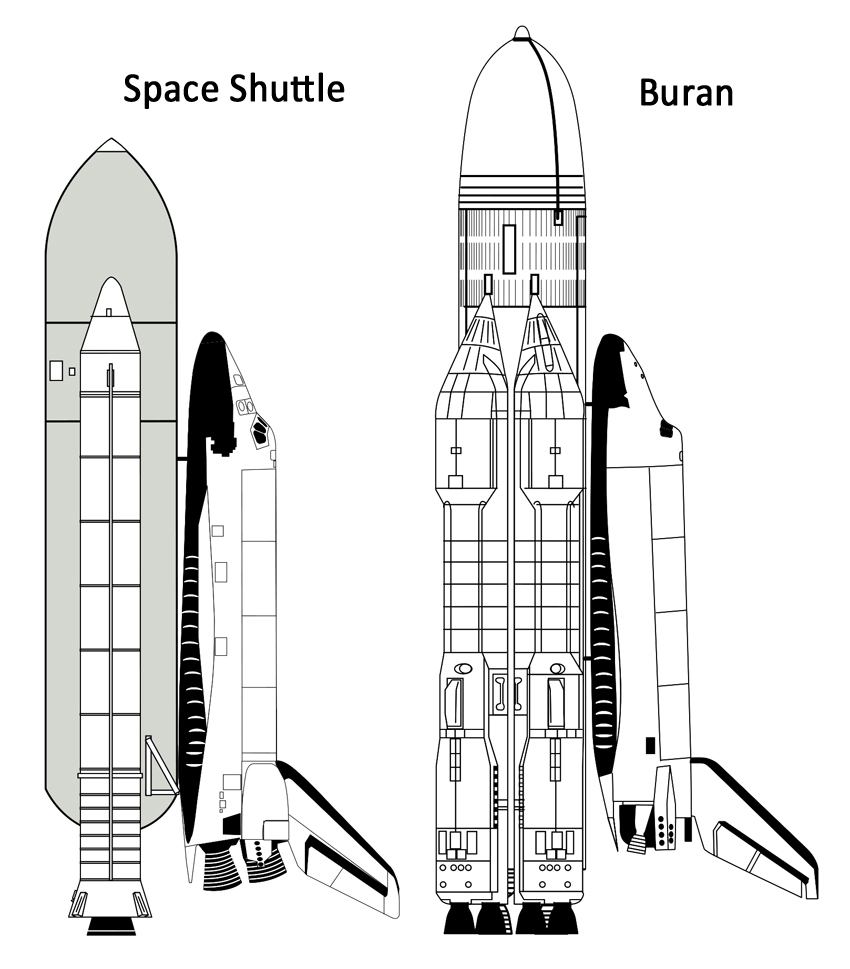
The Energia central core (large diameter, ET-like section) featured four rockets burning liquid hydrogen and liquid oxygen. If you can imagine moving the SSMEs from the rear of NASA's orbiter to the bottom of the ET, that approximates the relationship between Buran and the Energia core. When launching Buran, the Energia had four SRB-like strap-on boosters. Each booster contained a 4-nozzle-engine burning kerosene and liquid oxygen. Energia's boosters could be throttled or shut down in case of a problem during launch, which was a capability not afforded by NASA's SRBs. Coming off of the launch pad, Buran was riding atop 20 columns of flame, versus the shuttle's five. Despite their different engine layouts, the thrust-to-weight ratio at launch for both systems was about 1.5:1.
Like the SRBs, the Energia booster rockets were designed to be reusable. After being jettisoned, following their contribution to the launch, they would be eased back to the ground via a series of parachutes and retro-rockets. In contrast to NASA's philosophy for the SSMEs, the larger engines in the Energia central core were sacrificial and would burn up as this segment re-entered the atmosphere following launch.

While Buran did not have large launch rockets embedded in its tail like NASA's shuttle, it was to have a pair of jet engines located at the base of the vertical stabilizer. The intent of these jets was to allow a wider range of landing sites once Buran had punched back through the upper atmosphere on its return journey. The jets could be fired up to propel Buran to any number of landing strips that would have been beyond the reach of a pure gliding entry.
The jets were not yet installed for Buran's only spaceflight. Like every shuttle landing, Buran glided in with just one shot to get it right (and it did). The glaring difference being that the unmanned Buran accomplished the landing fully-automated. Aside from a requirement to physically flip switches to deploy the air data probe (which feeds data to the flight instruments) and landing gear, NASA's shuttle also had autopilot capabilities. However, I am not aware that it was ever used to its full capacity. What self-respecting astronaut would let a computer fly his spaceship while he sat back and watched? I'm sure the cosmonauts that would have flown on Buran were no different.
One relative similarity between the Soviet and American ships was the pair of rockets at the rear of each orbiter. These mid-power engines were necessary for orbit insertion, as well as the deorbit burn to initiate re-entry. Buran also had small reaction control thrusters similar to the US shuttle for on-orbit attitude changes.
Why a Build Doppelganger - Cold War Flattery or Intimidation?
Even though their missions were to be similar, the plentiful design differences between Buran and the American shuttle are easy to rationalize. Both nations had extremely deep aerospace know-how and experience. Yet, their respective approaches to engineering problems were often fundamentally opposed. Soviet solutions tend to be robust and simple, while we Americans prefer a more refined and polished method. At the end of the day, both sides have a history of success.
What truly provokes thought is why the airframes of these two spacecraft are so staggeringly similar in shape and size (nearly exact). Logic would dictate that form follows function, so they were bound to be comparable. Their internal design differences, however, clearly illustrate that there is more than one way to skin a space-cat. So, why should the orbiters exoskeletons be any less diverse than their viscera?
The American orbiter had numerous plausible design concepts in the queue. Its final shape and dimensions reflected NASA's intent for the ship, merged with the specific payload, glide-range, and launch azimuth demands of the US Air Force. Even if the Soviets chose to mirror the US Shuttle's design requirements verbatim, their differing engineering philosophies would have given birth to a different spacecraft. One can only conclude that, despite an abundance of design options at hand, the Soviets took deliberate and calculated measures to ensure that their shuttle looked just like ours.
Some theorists have proposed that the Soviets chose to copy NASA's design simply to have a tit-for-tat counterpunch to any offensive moves that the American shuttle made. While I can see some merit to this argument, I don't accept it wholesale. To take advantage of this posturing, it seemsthat the Soviets would also have to surveil the development of every potential shuttle-based weapon and develop a countermeasure or clone. Even if the KGB had been up to that challenge, I'm not convinced that a matching orbiter provides any real benefit. The Galactic Death Laser doesn't care what spaceship is carrying it…just push the button, Ivan.
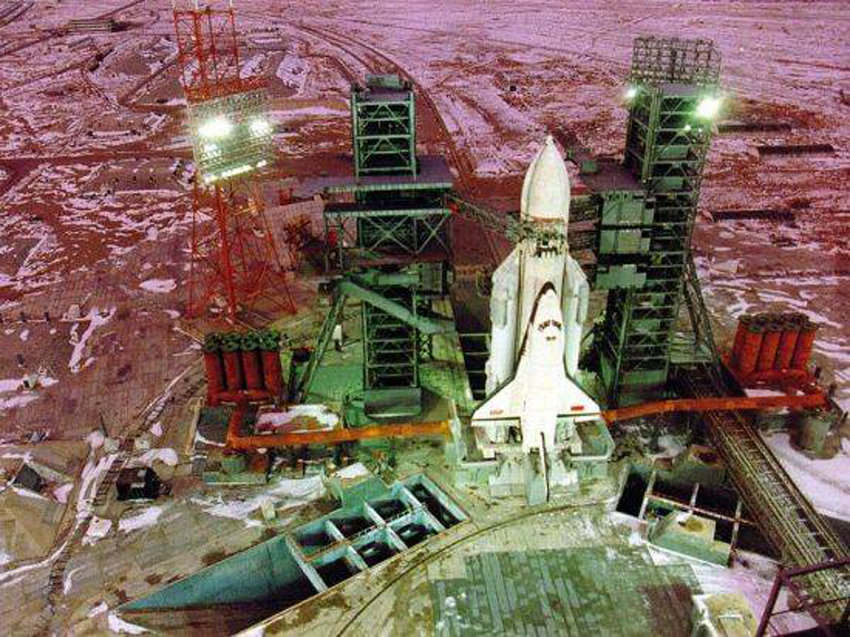
One obvious explanation for Buran's similarity is that NASA had already done the hard work. Creating a shape than can transition from a shielded atmospheric-entry vehicle to a controllable aircraft is no easy task. Engineers in the US had been working on that problem since the late 1950's with the Dyna-Soar project (a stepping stone to the shuttle). By basing their design on NASA's research, the Soviets would have saved considerable time and money.
Despite the benefits that could have been reaped by standing on NASA's shoulders, there is evidence that the Soviets repeated much of the same validation testing on the orbiter design. Poof! So much for the cost and schedule rewards of plagiarism. In fact, Buran turned out to be the Soviet space program's costliest project ever. So if saving money and/or time were not motives for the Soviets, why on Earth (and off) would they copy the US airframe design nearly verbatim?
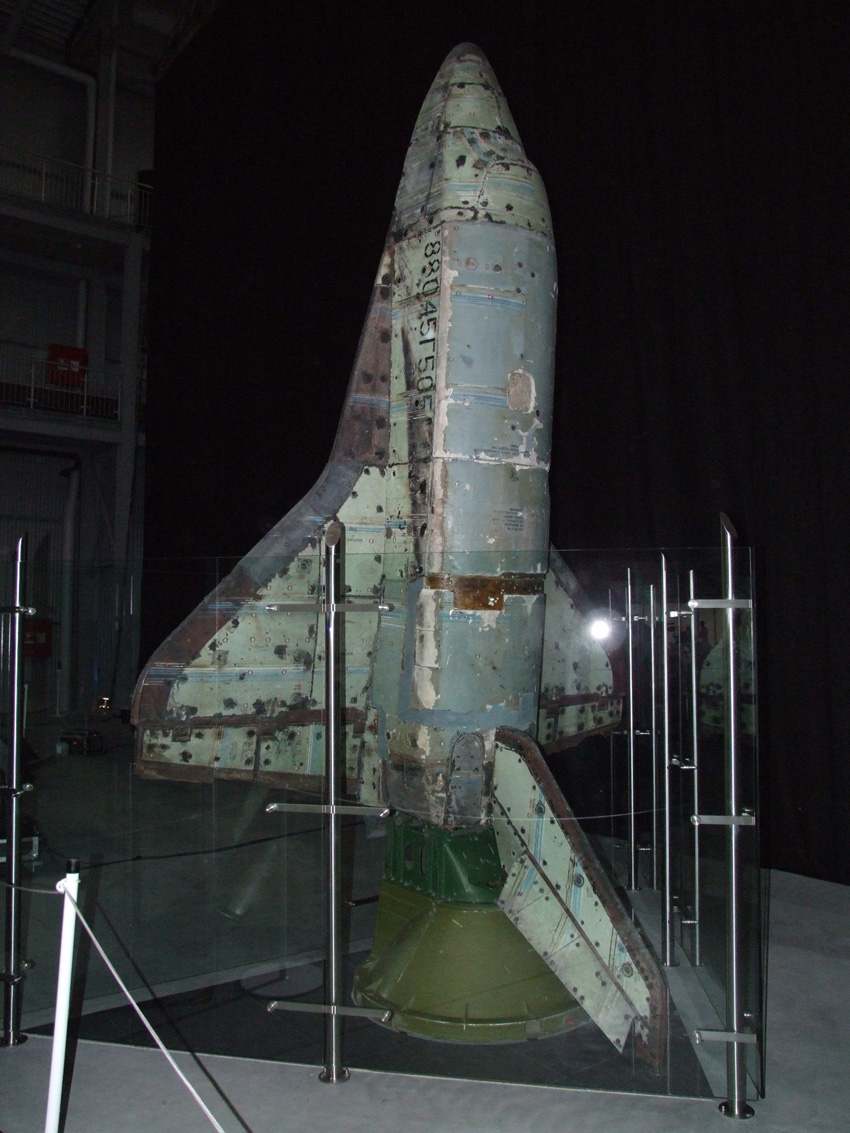
The more I learn about Buran, the more it seems that the Soviets did everything they could to incorporate their own systems and preferences while still maintaining the facade of the American shuttle. The similarities between the ships are truly only skin deep. The Soviets must have had a very powerful motive to create such a complex machine, full of their best technology, only to dress it in Amerikanski clothing. I think the answer is a political one.
At this point in the Cold War, it was obvious that the USSR would never be able to keep up with the military and space spending of the western powers. With that battle clearly lost, perhaps the Soviets found value in heralding Buran as an example of the futility of lavish western spending. Join me in your best Boris Badenov (or Natasha) voice saying, “You build space shuttle to drop bomb on Moscow…we steal plans and build space shuttle too. Big boom in Washington DC.”
The fact that the USSR didn't really need our shuttle plans is irrelevant. By sculpting Buran to look just like the American shuttle, the Soviets played the bluff that that “there are no technological secrets.” While NASA was publically forthcoming with the basic requirements and design concepts of the shuttle, the technical knowledge required to actually build the thing was largely proprietary. Buran's apparent (though false) mimicry of the US shuttle served as a not-so-subtle tipoff from the Soviets that they had clandestine access to America's most intimate aerospace secrets. To think that the enemy has the key to your engineer's diary is certainly a deterrent to writing large R&D checks.
Looking back through history, there are numerous examples of Russian and Soviet copycats of western aircraft. Some, like the Tupolev Tu-4 are obvious examples of reverse engineering meant to expand their knowledge base. Others, such as the Tupolev Tu-160, Sukhoi T-50, and Buran appear to be uniquely Soviet/Russian designs that merely emulate the outward shape of their American counterparts. Was economic intimidation their end game the whole time? I think it is a plausible theory. What's your take?




